Semotic Analysis of Linguistic Landscapes in Revolutionary Tourism: A Case Study in Hangzhou City
DOI: 10.23977/langl.2025.080508 | Downloads: 7 | Views: 147
Author(s)
Hangfei Zhao 1
Affiliation(s)
1 Department of General Education, Tourism College of Zhejiang, Hangzhou, 311231, China
Corresponding Author
Hangfei ZhaoABSTRACT
This study investigates the semiotic construction of linguistic landscapes (LL) in revolutionary tourism, using Hangzhou as a case study. Drawing on Peircean semiotics and the framework of tourist semiotic practice, it analyzes how signs in revolutionary heritage sites—such as monuments, relics, slogans, and commemorative plaques—function as cultural symbols shaping visitors' perceptions and identity. Data were collected from Trip.com, including photographs and English-language reviews posted by travelers at five representative revolutionary sites. Through multimodal analysis, the study identifies how iconic, indexical, and symbolic signs operate in digital and spatial contexts. Iconic signs evoke a sense of historical presence; indexical signs anchor perceptions of authenticity through material and locational references; and symbolic signs communicate ideological values and collective memory through shared cultural codes. Compared with general cultural tourism landscapes, revolutionary LL demonstrate higher symbolic density and stronger ideological framing. The research contributes to semiotic scholarship by linking online tourist interpretation with Peircean sign typologies, and offers practical insights for balancing ideological representation and intercultural accessibility in the design and communication of heritage sites.
KEYWORDS
Revolutionary Tourism; Linguistic Landscapes; Peircean Semiotics; Tourist Semiotic Practice; Cultural Symbols; Authenticity; HangzhouCITE THIS PAPER
Hangfei Zhao, Semotic Analysis of Linguistic Landscapes in Revolutionary Tourism: A Case Study in Hangzhou City. Lecture Notes on Language and Literature (2025) Vol. 8: 52-61. DOI: http://dx.doi.org/10.23977/langl.2025.080508.
REFERENCES
[1] Hiippala, T., Väisänen, T., & Pienimäki, H. (2024). A multimodal approach to physical and virtual linguistic landscapes across different spatial scales. In Sociolinguistic Variation in Urban Linguistic Landscapes (pp.158–178). Finland: The Finnish Literature Society. https://www.researchgate.net/publication/361137176_A_multimodal_ approach_to_physical_and_virtual_linguistic_landscapes_across_different_spatial_scales
[2] Sezerel, H., & Taşdelen, B. (2016). The Symbolic Representation of Tourism Destinations: A Semiotic Analysis. In Managing the Asian century (pp. 73–86). https://doi.org/10.1007/978-981-10-0087-4_5
[3] Ben-Rafael, E., Shohamy, E., Amara, M. H., & Trumper-Hecht, N. (2006). Linguistic landscape as symbolic construction of the public space: the case of Israel. International Journal of Multilingualism, 3(1), 7–30. https://doi. org/10.1080/14790710608668383
[4] Shohamy, E., & Gorter, D. (2009). Linguistic landscape: Expanding the scenery (1st ed.). New York: Routledge. https://doi.org/10.4324/9780203930960
[5] Chen, G. (2018). The conceptual framework and dynamic analysis of tourist semiotic practice. Tourism Tribune, 33(11): 66–74.
[6] MacCannell, D. (1999). The Tourist: A New Theory of the Leisure Class. London: University of California Press.
[7] Wang, D., & Xie, Y. (2024). Community-spirit symbols and subjectivity alienation: Generation, dissemination, and consumption of internet-famous spectacle-symbols. Tourism Tribune, 39(2), 61–73. https://doi.org/10.19765/j. cnki. 1002-5006.2024.02.011
[8] Xie, Y. (2005). Tourist experience: The hard core of the tourist world. Tourism Forum, (6), 5–9. https://doi. org/CNKI:SUN:GLGZ.0.2005-06-000
[9] Cai, K. (2021). Red tourism semiotics from a Peircean perspective: A case study of the "Central Red Army Long March Departure Memorial Hall" WeChat account. New Media Research, 22(7): 21-24.
[10] Landry, R., & Bourhis, R. Y. (1997). Linguistic landscape and ethnolinguistic vitality: An empirical study. Journal of language and social psychology, 16(1), 23–49.
[11] Backhaus, P. (2005). Signs of Multilingualism in Tokyo: A Linguistic Landscape Approach. PhD Thesis, Duisburg and Essen: University of Duisburg-Essen.
[12] Seals, C. A. (2011). Reinventing the linguistic landscape of a national protest. Working Papers of the Linguistics Circle, 21(1): 190–202.
[13] Shohamy, E., & Gorter, D. (2009). Linguistic Landscape: Expanding the Scenery. New York: Routledge. https: //www.researchgate.net/publication/254919529_Linguistic_landscape_expanding_the_scenery
[14] Jiang, M. (2016). The symbolization and social construction of tourism attractions. Tribune of Education Culture, 8(3): 103–108.
[15] Wang, Y. (2021). The Cultural Symbol and Signifying Practices of Baima People's Mask Dance. Journal of Beijing Dance Academy, (4): 31–36.
[16] Dong. P., Li, Q., & Li, W. (2016). The symbolization of tourism attractions. Guangxi Ethnic Studies, (6): 162–169.
[17] Xu, R., & Sun, X. (2022). Theoretical conceptions and practical pathways for the reshaping of cultural symbols in historic cities. Jiangxi Social Sciences, 42(2): 174–182.
[18] Hot List. (2024, June 12). 2024 ranking of revolutionary tourism attractions in Hangzhou revealed: Zhejiang Memorial Hall for the Victory of the War of Resistance against Japanese Aggression and the Surrender of the Japanese Army tops the list! WeChat Official Account. Retrieved from https://mp.weixin.qq.com/s/lxdT3t131sGqXMPEt37WOg
[19] Jiang, Y. (2022). OTA platforms online travel in the post-epidemic era-case study of Trip. com Group. Highlights in Business, Economics and Management. 2. 322–326.
[20] Wang, N. (2000). Tourism and Modernity: A Sociological Analysis. Oxford: Pergamon.
| Downloads: | 51145 |
|---|---|
| Visits: | 1001529 |
Sponsors, Associates, and Links
-
Journal of Language Testing & Assessment
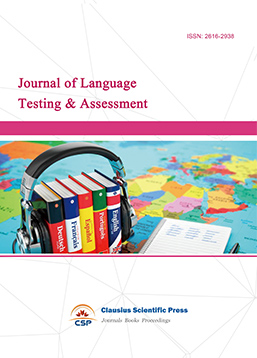
-
Information and Knowledge Management
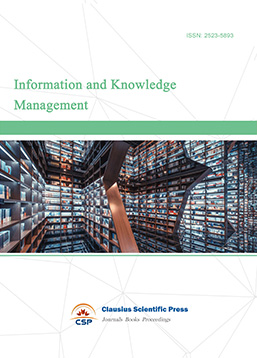
-
Military and Armament Science
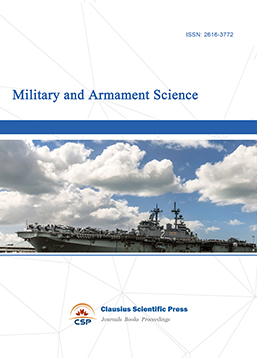
-
Media and Communication Research
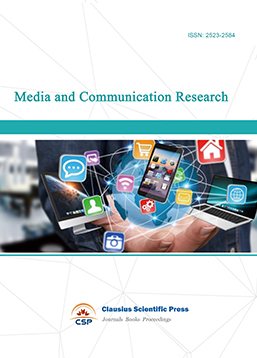
-
Journal of Human Movement Science
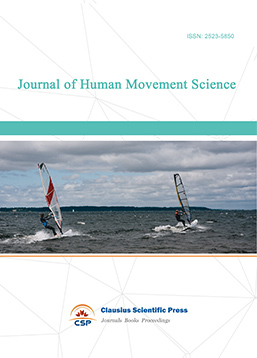
-
Art and Performance Letters
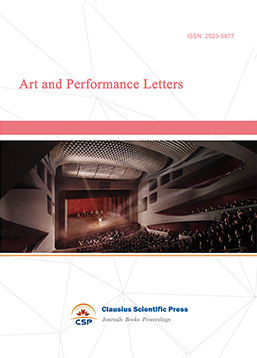
-
Lecture Notes on History
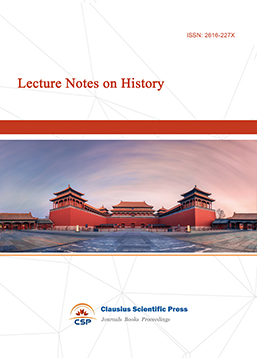
-
Philosophy Journal
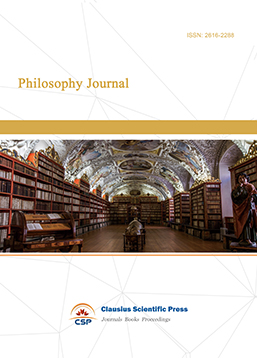
-
Science of Law Journal
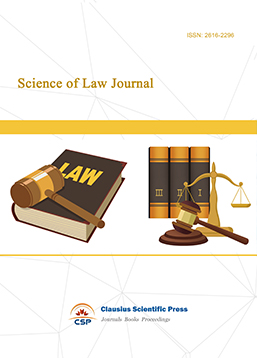
-
Journal of Political Science Research
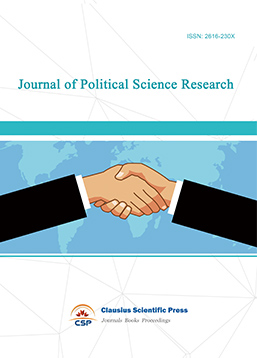
-
Journal of Sociology and Ethnology
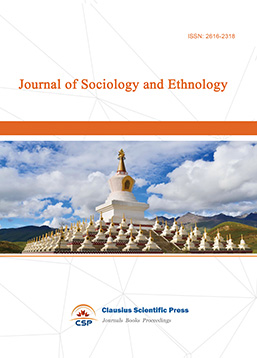
-
Advances in Broadcasting
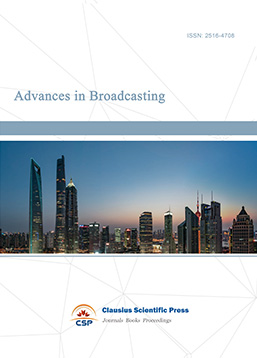

 Download as PDF
Download as PDF